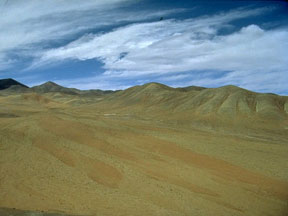This picture shows the Atacama Desert in Chile. The Atacama is one of the driest places on Earth. The average rainfall for a whole year in this desert is less than 1 millimeter (0.04 inch) per year!
Click on image for full size
Image courtesy of NASA.
Atacama Desert
The Atacama Desert is one of the driest places on Earth. The Atacama is in the country of Chile in South America. In an average year, this desert gets less than 1 millimeter (0.04 inch) of rain!
It is hard to survive in the Atacama Desert. Hardly any people, animals, plants, or even microbes live there. But there are some people and other creatures living in the Atacama.
The Atacama Desert starts in northern Chile. It runs about 1,000 km (600 miles) south from there. It has an area of 140,000 km2 (54,000 square miles). That is about the size of the state of New York in the U.S.A.
The Atacama is the driest hot desert in the world. There are some weather stations in the Atacama where there has never been any rain!
Why is the Atacama so dry? First, this desert is in between two mountain ranges, the Andes and the Chilean Coast Range. The mountains keep out most rain clouds. Second, the winds near the Atacama are also very dry. A big air current in the area, called the Walker circulation, carries air downward. The air that is moving downward is very dry. Third, an ocean current called the Humboldt Current (or the Peru Current) carries cold water northward along the western coast of South America. This cold ocean current cools the air above it. Cold air can't hold as much water as warm air. This mix of mountains, winds, and ocean currents combines to make the Atacama incredibly dry.
You might also be interested in:

It is easy for living creatures to survive and grow in some places. Other places make it tough for life to get by. Scientists call places that are hard on life "extreme environments". What kinds of places
...more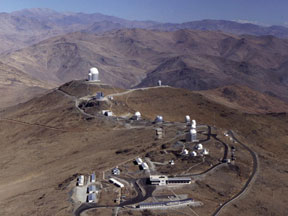
The Atacama Desert is in Chile in South America. It is one of the driest places on Earth. Somehow a few kinds of plants, animals, and microbes are able to live there. Even some people live and work in
...more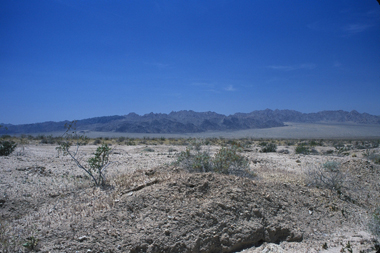
Deserts are very hot and dry places. Deserts get very little rain each year. So how do plants and animals live here? This section on the desert ecosystem will explain how! Do you know what a desert looks
...more
Raindrops form when tiny water droplets collide together in clouds to form bigger ones. When they get too heavy, rain falls out of the clouds. Rain is more than 5mm in diameter. The types of clouds that
...more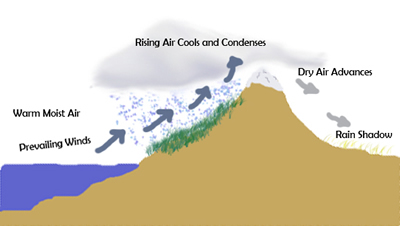
A rain shadow is a dry region of land on the side of a mountain range that is protected from winds. The protected side of a mountain range is also called the lee side or the down-wind side. Winds carry
...more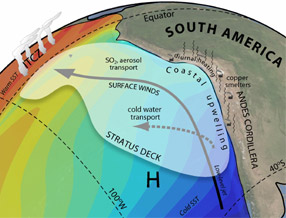
The winds in the Southeast Pacific mainly blow from south to north. They affect the weather and climate in the region. They also affect the climate in other places around the world. Air near the equator
...more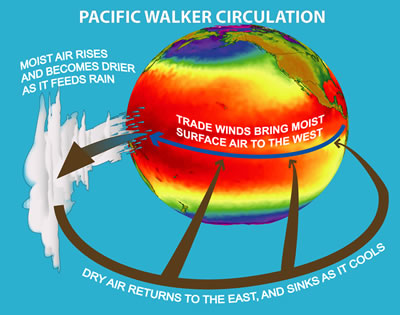
The Walker circulation is an ocean-based system of air circulation. This system influences weather on the Earth. Normally, the warm, wet western Pacific Ocean is under a low pressure system, and the cool
...more


